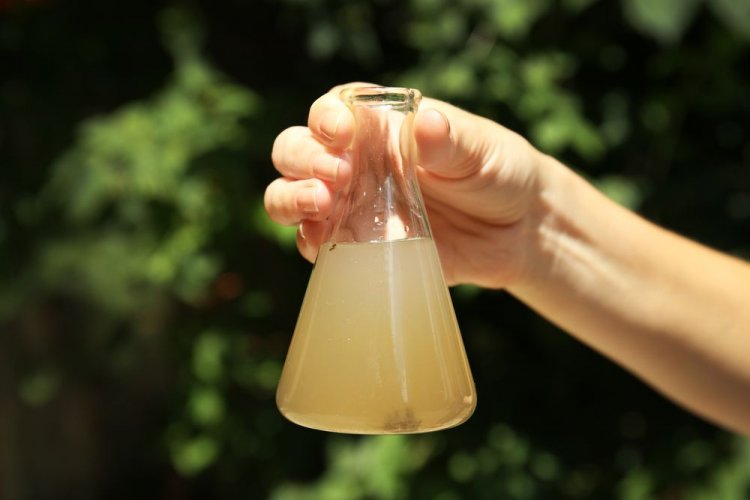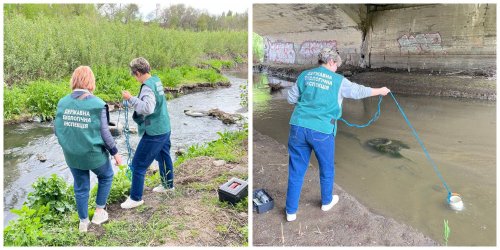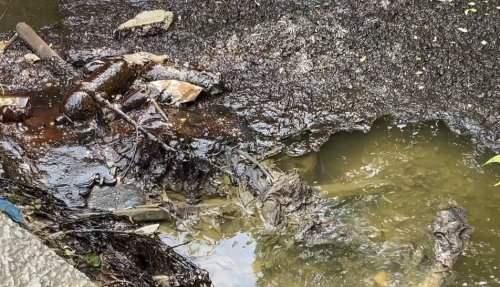In the South of Ukraine, water quality is deteriorating in the Ingulets and Southern Bug rivers, in particular, salinity and nitrate content are increasing.
The content of dissolved oxygen in the waters also decreases, which can cause fish plague, the Ministry of Environmental Protection and Natural Resources reports in Telegram.
The message explained that the chloride content in the rivers is increasing and returning to the values recorded before the flooding of the territories. The unusual growth of mineralization in the water of the Southern Bug (in the area of the village of Sebyne) is probably connected with the influence of waters from the estuary. And the growth of nitrate content is potentially related to the rise of water and the washing of pollutants from flooded areas.
There is a deviation from the norm of indicators of the content of soluble oxygen, which is at least 4 mgO2/dm3, namely:
- 6 mg/dm in the Dnipro River within the city of Kherson;
- 3.7 mg/dm3 in the Ingulets River;
- 8.1 mg/dm3 in the Dnipro-Buzka estuary;
- 10.7 mg/dm3 – Mykolaiv;
- 18.86 mg/dm3 – in the waters of the Buzky estuary.
Indicators of the content of soluble oxygen in the waters of the Black Sea:
- in the area of the village Nova Dofinivka – 8.4 mg/dm3;
- in the area of Lanzheron beach, Odesa – 10 mg/dm3;
- on beach 16 of Velikoy Fontan station in Odesa – 10.2 mg/dm3.
It is noted that salinity is gradually increasing in the Black Sea. However, it is also fixed:
- exceeding the MPC for water bodies used for fishing in terms of total iron – by 1.8 times in the Ingulets River near the village of Darivka, Kherson Region, and in the Dnipro River within the Kherson Sea Trade Port;
- deviation of the hydrogen index (pH) to 8.9 in the samples taken in the Buzka estuary in the area of the pier in the city of Mykolaiv;
- increased content of anionic surface-active substances in the Dnipro River within the Kherson sea trade port – 0.28 and in samples taken from the Ingulets River (Daryivka village, Kherson region) – 0.34;
- increased chloride content in the samples taken from the Ingulets River – 538.84 mg/dm3, from the South Bug River – 680.64 mg/dm3.
Earlier, EcoPolitic wrote, that eco-inspectors found reducing the salinity of the Black Sea water in Odesa by almost 3 times after the explosion of the Kakhovskaya HPP. Also, an excess of 9 times the iron content was found in the water on city beaches.
As EcoPolitic previously reported, the head of the Mykolaiv Regional Military Administration Vitaly Kim said that in the region a serious environmental problem will arise in 2-3 weeks due to the explosion of the Kakhovskaya HPP. One of the reasons will be the mixing of sea and fresh water.





